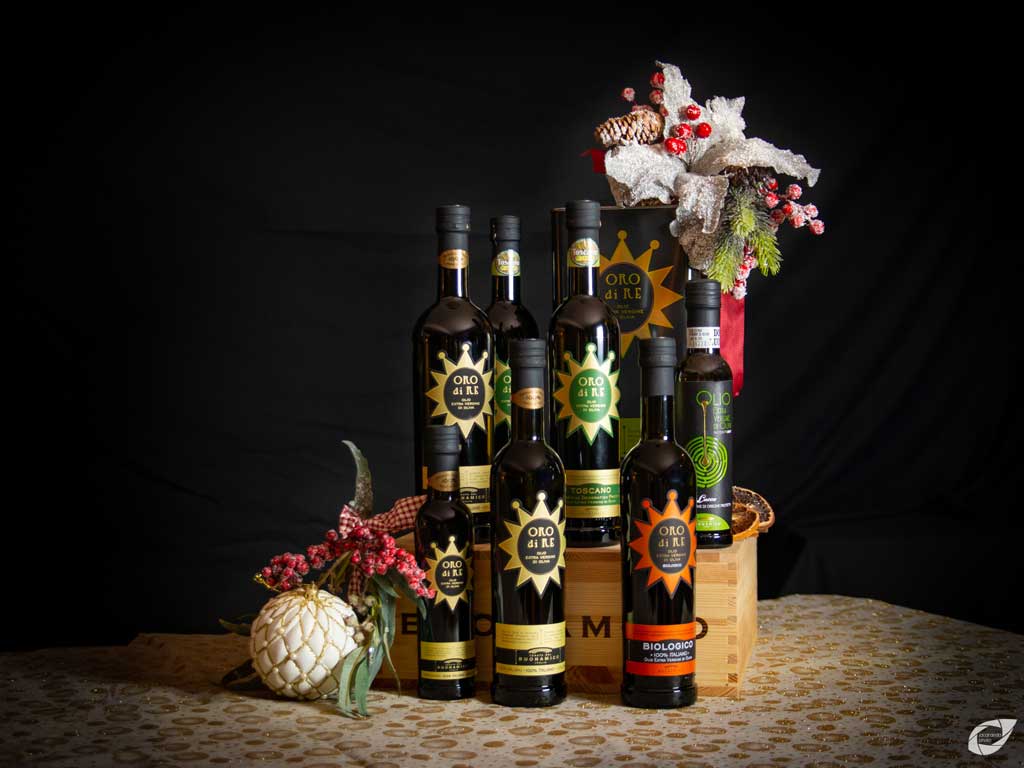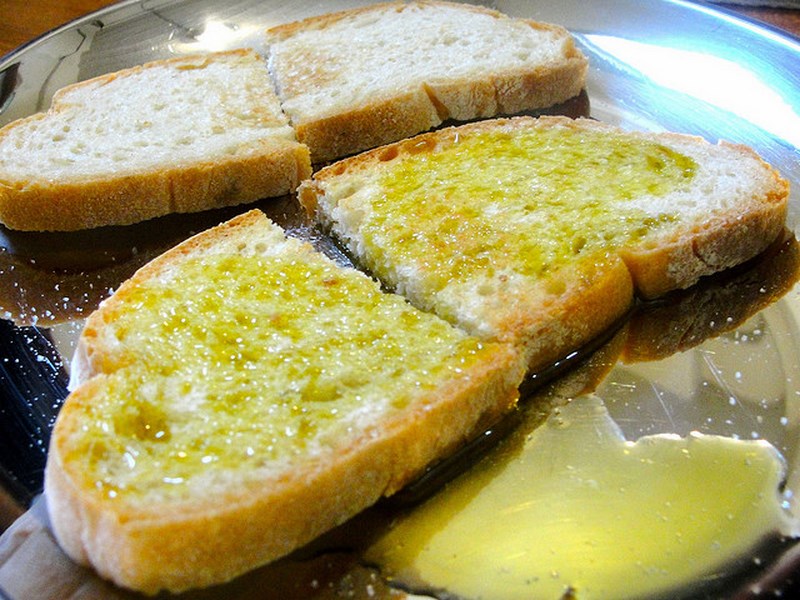
The new vintage of the Extra Virgin Olive oil
Finally last week Tenuta del Buonamico launched the new vintage of its Extra Virgin Olive Oil. A new oil is always advisable, because it has a more intense and piquant flavor than an old oil, which has little body and little flavor, and generally has a more transparent colour.
In this regard, we would like to answer a question that many ask themselves: “How to recognize a good extra virgin olive oil?”.
First of all, the first attention must go to the packaging. Taking into account the fact that sunlight greatly damages the quality of the oil because it favors the oxidation process, which alters the taste of the oil, using a transparent glass bottle is totally counterproductive and is a pure marketing ploy: you aim in fact to show the color of the oil itself (which, moreover, does not even represent an indicator of quality) rather than preserving the product, and therefore it is preferable to discard this solution. On the other hand, stainless steel containers or dark glass bottles with an airtight seal and possibly with an anti-topping up cap will be preferred. Bag-in-box containers are also spreading recently, and these too are perfectly suitable for storage. Do not forget, however, that it is essential to keep the oil in a dry and dark place, such as a cupboard.
The second factor to take into consideration is the label, because it can give us valuable indications. First of all there must be the denomination “Extra Virgin Olive Oil”.
In fact, there are different qualitative levels:
1. Virgin olive oil
a. Extravirgin olive oil
b. Virgin olive oil
c. Lampante olive oil
3. Refined olive oil
4. Olive oil made from virgin olive oils
5. Crude pomace olive oil
6. Refined pomace olive oil
7. Olive pomace oil
The “virgin” attribute indicates how the extra virgin olive oil extraction process is based on mechanical and physical methods, without the aid of solvents or chemicals. The latter are widely used in the production of seed oils and olive oils. Furthermore, no oils of any other nature are added or mixed during the transformation of the extra virgin olive oil. The European Community classifies olive oil according to three elements: the type of extraction with which the oil was obtained, its composition, including the percentage of free acidity (a parameter measured through chemical analysis) and organoleptic analysis. The lower the free acidity (i.e. the percentage of oleic acid, the fatty acid present in triglycerides) the higher the quality of the oil. To be extra-virgin, an oil must have an acidity of less than 0.8%, or 0.8 grams of oleic acid per litre. Beyond this threshold, the presence of oleic acid leads to a series of modifications of the oil which worsen its quality.
Olive oil, on the other hand, is obtained from the refining of extra virgin olive oil, therefore with the use of solvents or with adjuvants with a chemical or biochemical action, or from the mixture of virgin olive oils and refined olive oils. As a result, its quality is significantly lower.
Finally, olive pomace oil is obtained from the solid residues of olive pressing, in particular from the skins, pulp and pits, called pomace, in which a certain quantity of oil is still contained, which varies according to the extractive method. This oil is extracted with a solvent, normally hexane, with the same technology applied for the production of seed oils. The solvent is then separated from the oil by distillation. The quality is therefore significantly lower.
Furthermore, the information on the category of oil must be checked on the label (it must contain the words “Superior category olive oil obtained directly from olives and with mechanical procedures”).
Moreover, the label must contain information about the origin of the olives: there must be written “Extra virgin olive oil obtained in Italy from olives harvested in Italy”.
Sometimes other elements may be written on the label which give indications of quality, for example the type of oil, i.e. mono-varietal or multi-varietal. The former is obtained from a single variety of olives, while the latter is a blend of different varieties.
Obviously another of the parameters that must be kept in mind is the price per liter. A Too low price always means poor quality.
Finally, sensory analysis is very important. You don’t need to be an expert to understand if an oil has a good quality. First of all, the nose must have hints of vegetables, freshly cut grass, olive, fresh. On the palate it must have more or less accentuated spicy and bitter notes. Finally it must leave the mouth clean and dry, and not the sensation of pasty and greasy.
Buonamico offers the new vintage of its Oro di Re Extra Virgin Olive Oil, sold in 5 liter cans, 0.750 Lt, 0.500 Lt and 0.250 Lt bottles, and of the Oro di Re Organic Extra Virgin Olive Oil, in 0.500 lt bottle.
An organic oil necessarily comes from organic farming, i.e. through the sole use of natural substances, in particular by safeguarding the soil and avoiding chemical fertilisers, pesticides and herbicides.
Oro di Re oil has an intense green color with golden yellow hues. The nose is fruity, delicate, with hints of artichoke, and the taste has fruity and ripe olive notes tending towards sweet. “Biologico”, on the other hand, has a more golden color. Delicate to the nose, it has hints of almond and artichoke. On the palate there are fruity hints of green apple and slightly bitter notes on the finish.
Both are suitable for all cooking uses and as a raw condiment, as they are very balanced and do not risk covering the scents of the food, but at the same time they are intense and suitable for enhancing its organoleptic characteristics.
To better appreciate the difference, we advise you to taste them on a slice of homemade bread from Altopascio, without salt. This is the traditional Tuscan “fettunta”, one of the simplest yet tasty dishes of our local cuisine. Seeing is believing!



